It’s widely reported that the bike industry is struggling. Demand has dropped and many companies are massively overstocked. Burdened with stock they can’t sell, and next year’s models on the way, some are trying to figure out how to shift what they have. Dumping it in landfill seems a likely outcome – if it’s not already happening.
But perhaps there’s a possible option that might see bikes put to good use, and actually generate demand in years to come? Take a look at the USA and I think you’ll see a potential answer: High School mountain biking.
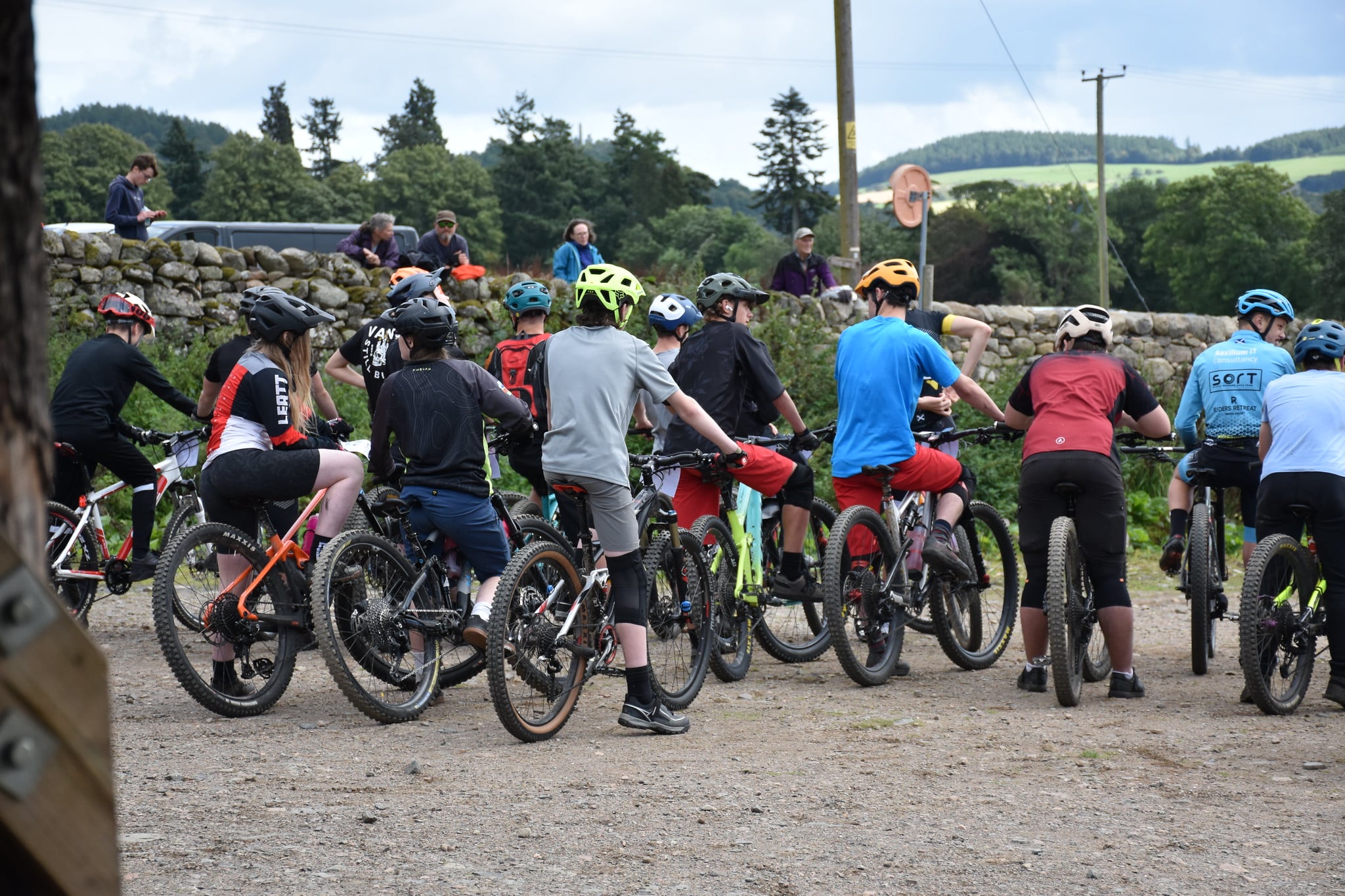
Across the pond: NICA
I first encountered the National Interscholastic Cycling Association, or NICA, in 2018, by which time it had been going for 9 years. It’s continued to see massive growth in participation and popularity. At its heart, NICA is about getting more kids on bikes, and getting students to show up and be the best they can. There are races, but it’s not just about crossing the line first – it’s about how you get to the line.
There are currently 32 leagues based in States across the USA. The largest league is in Utah, established in 2012 with 300 racers, now has 92 teams, and 7,300 students taking part. Next year, five more teams will be joining them. In Mississippi, where a new league is only just established and due to hold its first event in March, there are already five teams and 81 students registered to take part. The Mississippi League Director, Michelle Williams said:
Latest Singletrack Merch
Buying and wearing our sustainable merch is another great way to support Singletrack
“Mountain biking isn’t as popular a sport in Mississippi as it is in many other states, so we are thrilled with the number of students we have participating. As mountain biking is an excellent sport and exercise one can enjoy for their entire life, we are excited to be introducing it to so many new families. For the Mississippi League and all NICA Leagues, it is important to stress that our practices and events are open for all students. We are intentionally inclusive. We have found that many students who may not excel in ball sports love the thrill of riding a bike especially when they are also part of a team. Additionally, we believe that everyone makes the team and gets to participate at the level in which they are most comfortable – no one rides a bench.”
Michelle’s attitude echoes that of everyone I’ve ever spoken to that’s involved in NICA: it’s about taking part and enjoying the ride, and that’s something that’s possible even away from the hotbeds of mountain bike culture like Utah and California. Even Florida – a State renowned for being almost completely flat – has a league that was founded in 2018 and has 18 teams with the results sheet for the season listing over 200 students.
Building on what’s there
Here in the UK, the Go-Ride clubs supported by British Cycling have had some success, with 45,000 riders in 350 clubs last year. However it’s not associated with schools – meaning it’s generally something that parents need to seek out, travel to at weekends, and so on – competing with all the other after school clubs and life pressures. NICA is specifically focussed on building teams within schools – although it does allow ‘composite’ teams of multiple schools, but sees them as a stepping stone to establishing individual school teams. That means that students get to develop friendships within their team, there’s a natural geographical convenience for training sessions or lift sharing to events, and the mountain biking can fit more easily into the rhythm of the school and working week.
What does any of this have to do with the state of the bike industry? Well, over in Utah, Kona – which has moved its HQ there – has just donated 500 bikes to the NICA league. That’s a lot of opportunities for kids without suitable bikes to now join their high school team and get into mountain biking. Rob Aguero, Kona’s Vice President, Sales and Distribution, explains why this made sense for Kona:
“With Kent Outdoors (Kona’s parent company) moving operations to Utah and having quite a few Kona employees based here, we wanted to make a direct impact on the mountain biking community and not just be a fly on the wall. Kona has always stood for making fun bikes and sharing the experience with others. With this donation Kona wants to help keep NICA’s momentum going through increased inclusivity. We hope these bikes help lower the barrier of entry and introduce more kids, coaches and parents to the sport of mountain biking and the pure joy of riding our amazing trails.“
Dallen Atack, League Director for Utah, explains what this will enable them to do:
“The league has always tried to have a stable of 50-80 reliable cross-country style mountain bikes that can be used by athletes who can’t afford to purchase a bike. The bike loan program has greatly enhanced our ability to lower the financial barriers for families and allow for #MoreKidsOnBikes. Last month Kona Bicycles reached out to us with an amazing offer of 500 brand new bikes that are great for our participants. We received all 500 a week before Christmas and are storing them until Spring. Our plan for the bikes is to push them to the teams, thus allowing teams to have their own bike loan program for both students and potentially for coaches that don’t have a suitable bike. In February, we’ll be reaching out to our teams to assess their needs and capacity to manage the bikes. We’ll then begin delivery of the bikes so teams will have them in time for rider registration in April. “
“This is the largest product donation the league has ever received. We are so grateful to Kona and this donation that will undoubtedly be a life changer for so many individuals and families.“
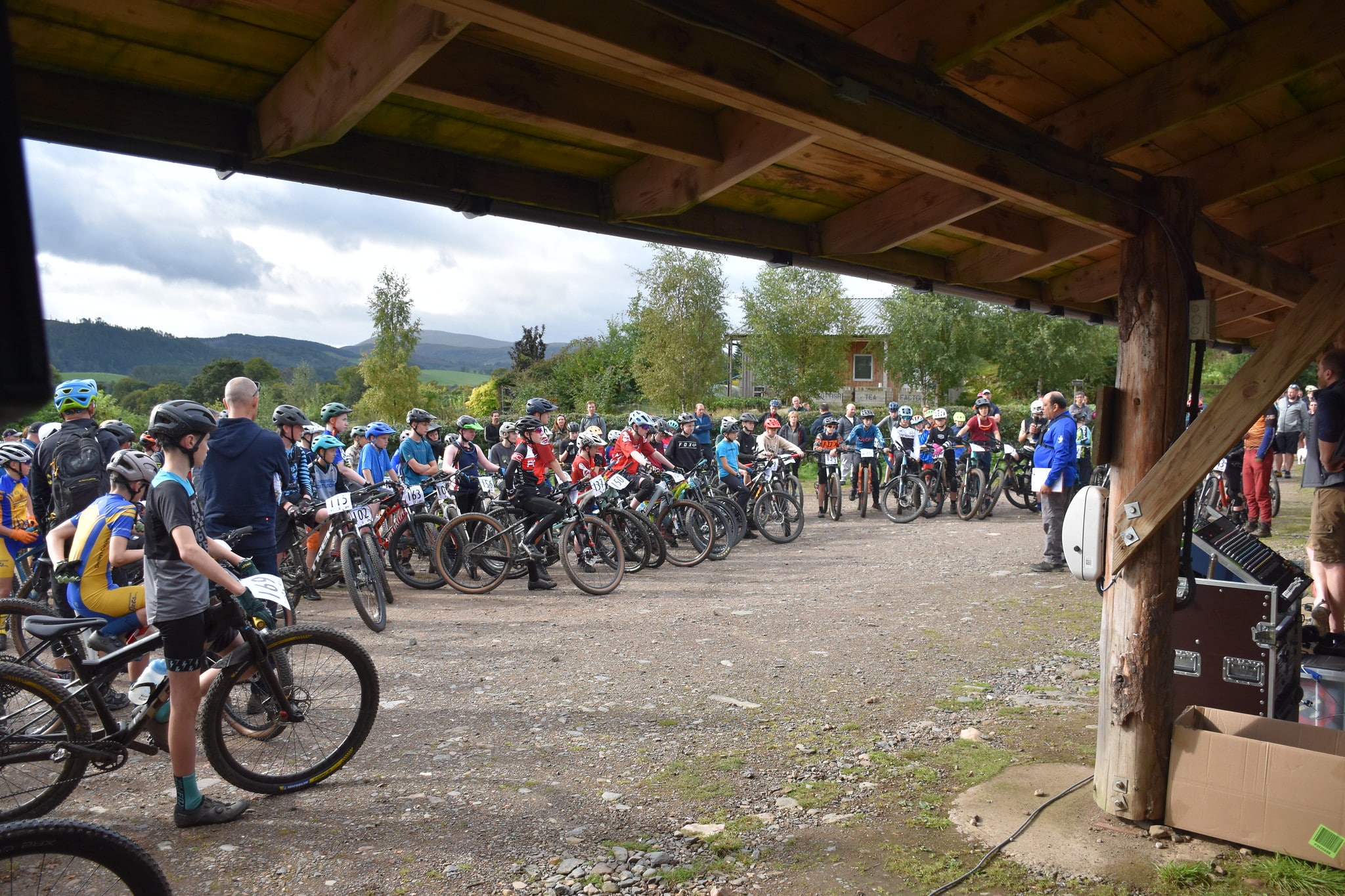
The opportunity
Yes, there are bike library schemes around the UK, and other participation initiatives, but I think that by tapping into the existing community and infrastructure that comes with the school setting, it opens up the opportunity to take part even if you haven’t got parents who are able to take you to events, or practice sessions. With NICA, volunteer coaches come in to run the club in association with the school – meaning it’s not creating an extra demand on teachers, but teachers can help funnel students into the club, and everyone is already in a space that they’ve got to get to anyway: school.
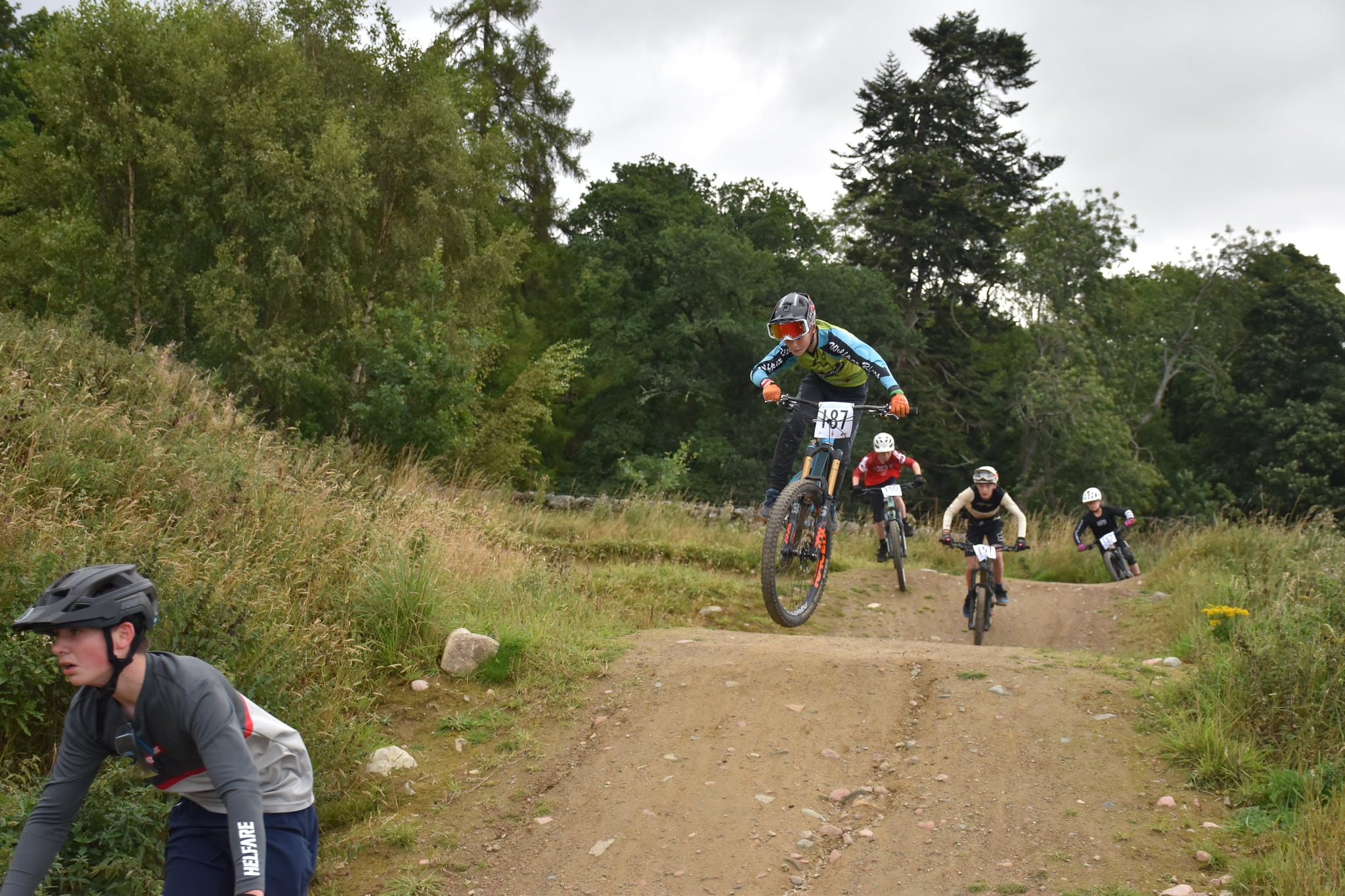

Last year saw the first ever Scottish Schools Mountain Bike Championships take place. 40 different schools from across Scotland met at Comrie Croft, with over 300 kids taking part. The event allowed some riders to try racing for the very first time while the more experienced got a chance to race for their school. There was a real mixture of students, from Scottish Champions to many who had never raced before. The event won Scottish Cycling’s Event of the Year at the 2023 Awards night. Perhaps the seeds of a UK school based mountain bike scene have been sown?
Obviously not all schools in the UK will have the space in their playgrounds to support a club, but there must be many that do, and many more where there is a suitable green space nearby. If bike companies were to channel some resources – and some of those extra bikes they’re sitting on – into getting some high school mountain bike leagues off the ground in the UK, then not only would they be putting the bikes to use instead of landfill, but they’d also be creating demand for the future.
The long game
OK, so not everyone that takes part in NICA is going to go on to be a lifelong mountain biker, but surely a proportion of them will? And while they’re riding through school, they’re going to help create demand for safe routes to school, cycle storage, access to trails, and the kinds of infrastructure that can help establish cycling of all kinds. As they grow older, even if they quit mountain biking, many of them will likely appreciate the fun of riding bikes and continue to ride them for commutes, or to the shops, or with their own kids.
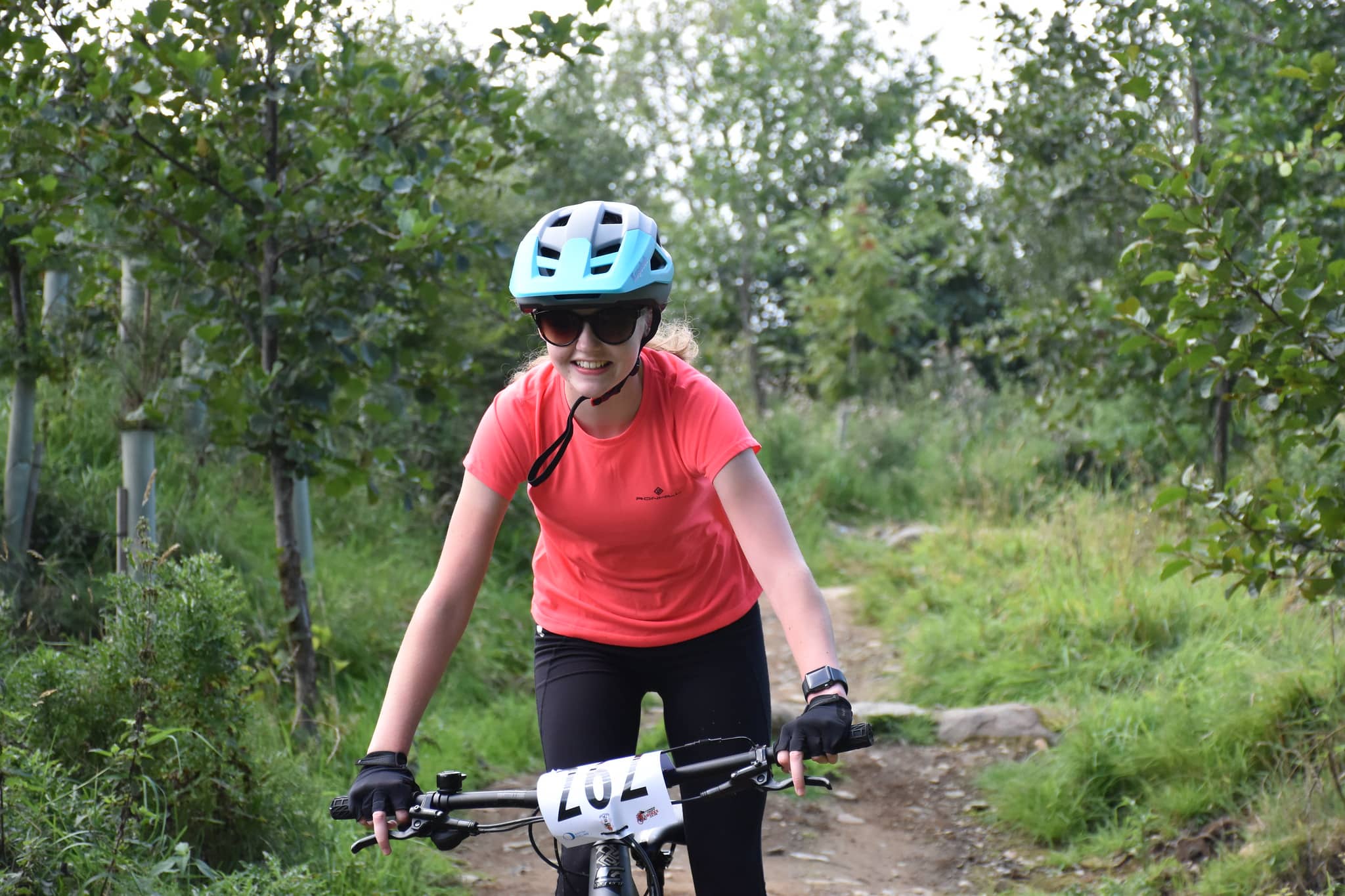
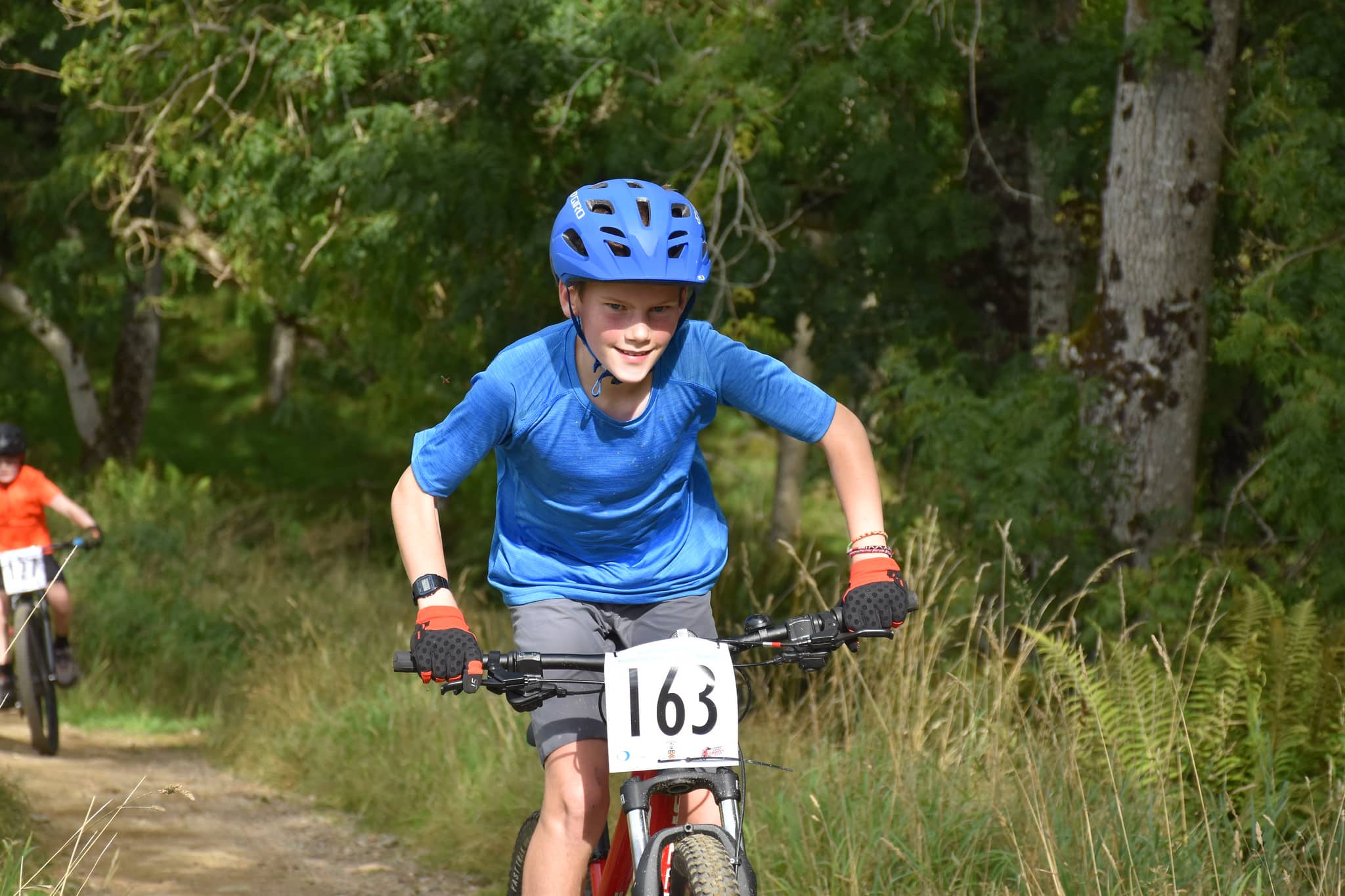
High school sports in the USA have a very different culture to in the UK – with scholarships for college places and potential pro contracts in some sports, sport can provide a pathway to both further education and sporting careers. However, high school mountain biking hasn’t (yet) become part of that pathway – students are taking part because it’s fun, and they enjoy it. That seems like something that could be replicated in the UK – and Scotland’s example seems to show the interest is there if you create the opportunity.
It’s the long game, but high school mountain biking has the potential to create a whole new generation of mountain bikers – and all the demand for goods, services and access to places to ride that goes with it. Perhaps the bike industry should look to get behind it?
MEMBERs’ Features
all the Members only
online features →
Mag Features
all the ARTICLES fROM
The Magazine →




